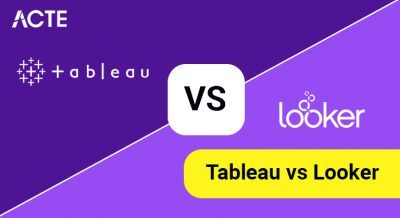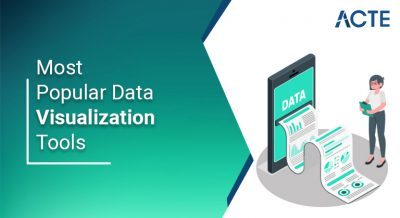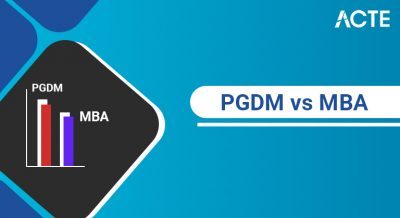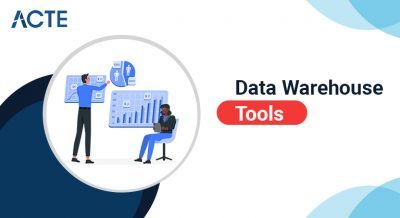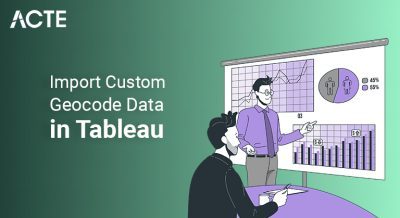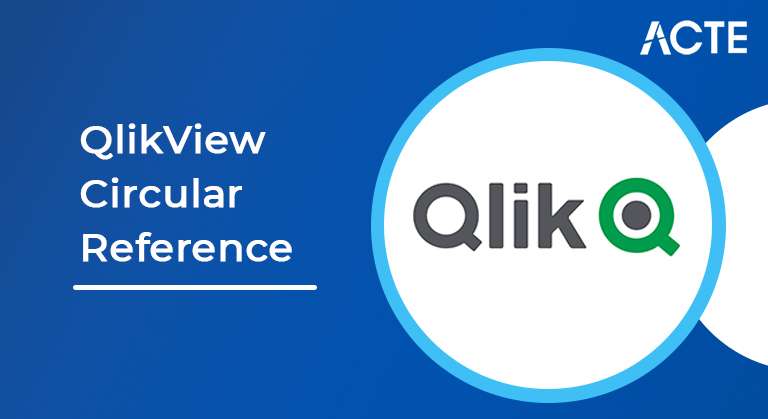
Circular Reference occurs when we can traverse from one table to another using two or more different paths. This can lead to incorrect result in the output formed by a data model, which loads all these three tables. QlikView prevents the load of such data into its memory once it recognizes a circular reference.
- What is Circular Reference in QlikView?
- Example of QlikView
- What are the Ways to Remove Circular Reference in QlikView?
- How to Fix or Remove Circular References?
- List of QlikView Capabilities
- Components of QlikView Architecture
- How QlikView Works?
- Three-tier Architecture of QlikView
- QlikView Advantage
- Conclusion
- QlikView Circular References loops generate on QlikView data models in a situation where three or more tables can be linked to each other in two or more ways or ways.
- As we already know, QlikView supports an integrated data model that automatically connects tables with one or more identical fields. In the case of a circular reference, there are two or more common fields between three or more tables that create ambiguity of logical structure and data interpretation and disrupt the data model.
- Round loop or reference construction should avoid as much as possible as it degrades by creating a logically distorted data structure.
- When data with a QlikView circular reference is viewed in the table, it provides incorrect and inaccurate information. However, QlikView software detects the presence of a circular reference during text output and prevents the original data from being corrupted.
What is Circular Reference in QlikView?
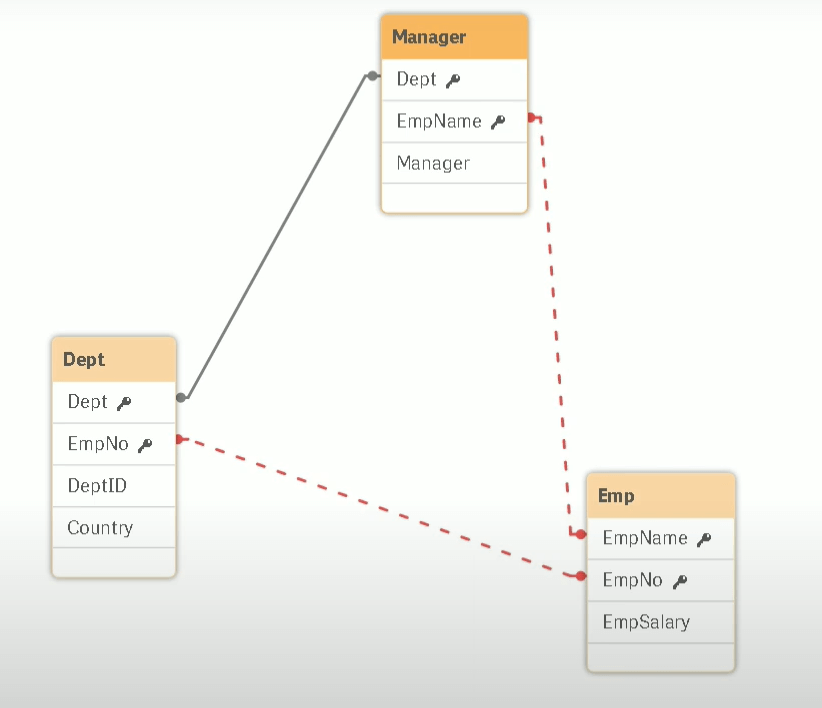
- Deptmt
- EmpName
- Manager
- Deptmt
- EmpNo
- DepID
- The world
- EmpName
- EmpNo
- EmpSalary
Example of QlikView:
Let’s understand the concepts in depth with the help of tables.
Suppose we upload three tables with the following columns in QlikView’s Memory-
TABLE1. Manager
TABLE2. The door
TABLE3. Emp
Did you find any similarities in the tables? Yes, the column names are the same as in the loop-creating tables. Let’s see how. From the picture above, you can see that TABLE1 -Manager is connected to two other tables in a loop to avoid. Because in a data structure, if we can break the table in more than two ways it can lead to ambiguity in interpreting the data.
That is why, after creating a table with these columns, a box will appear on the screen indicating an error and indicating that a circular index has been created. You can see in the picture below for a clearer understanding.
Now, you should consider how to resolve the round references in QlikView. Is it possible to avoid it or not? Of course, this situation can take us away in a variety of ways.
- Note
- Rename
- Delete
- Concatenate
- Link Tables
What are the Ways to Remove Circular Reference in QlikView?
There are three main ways that within which {we can|we will|we are able to} resolve the problem of circular reference and that they are as follows-
Note- Let’s begin with the primary technique – Comment. This is often one of the most effective and best ways to resolve a circular reference. This way, you simply ought to touch upon the column to appreciate the word for forward-slash (//) as shown below.
Rename- This way, you simply ought to rename the column that’s. modify the name of the identical column to a different name. Eg. modification EmpName as EmployeeName. when doing therefore, the name doesn’t match and so, circular reference conditions won’t occur.
Delete- This way, you’ll be able to merely delete the corresponding column name within the table that causes the circular index to occur.
Concatenate- In this technique, we tend to use the concatenate operation to mix the name of a continual column and build one table on that subtracting a circular reference.
Link Tables- This technique is employed once there are several tables with totally different fields. First, these tables are joined to every alternative by adding a selected code then the compound key’s created by combining the keys from the tables. After that, a brand new table is formed employing a combination key and alternative common fields, and also the actual fields from every table are reduced.
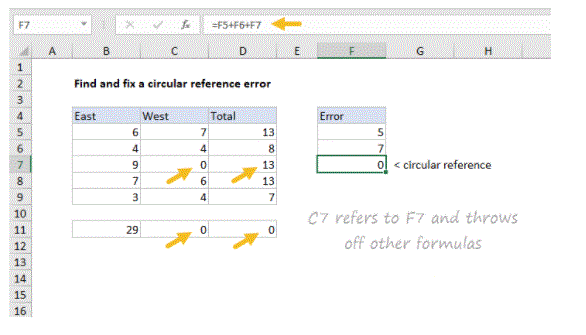
- upload StudentID
- Student degrees
- Student Name
- FROM
- (D: QlikView1data1Autocad_Course.csv)
- (txt1, codepage says 1356, embedded labels, msq);
- Autocad tutorial:
- upload StudentID
- Student degrees
- Student Name
- FROM
- (D: QlikView1data1Autocad_Course.csv)
- (txt1, codepage says 1455, embedded labels, msq);
- Autocad tutorial:
- upload StudentID
- Student degrees
- Student Name
- FROM
- (D: QlikView1data1Autocad_Course.csv)
- (txt1, codepage says 1576, embedded labels, msq);
How to Fix or Remove Circular References?
QlikView provides machine-controlled solutions once it involves circular reference; suggests that quite one loose table.
Let’s take into account the subsequent Input Data:
Autocad tutorial:
JavaCourse:
Lesson:
- QlikView uses natural search for all obtainable knowledge held in memory. By natural search, it implies that {the knowledge|the info|The information} search method doesn’t follow any of the predefined patterns and searches for data and associates it in a very natural method.
- Users will perform a fast and simple knowledge acquisition method and analysis inside QlikView applications.
- QlikView permits quick, natural, unlimited knowledge search and provides straightforward integration and interaction with several different knowledge sources. This
- QlikView feature is supported by the proprietary second-generation QIX engine.
- QlikView provides a cloud-based (DaaS) knowledge service known as Qlik DataMarket. Such {a knowledge|a knowledge|and information} market allows a QlikView user to transfer knowledge sets from varied public and business data sources.
- Public knowledge associated with currency varieties, population, business population figures, economic indicators, atmospheric condition etc. is accessible.
- You can also use the quiet API connectors to attach and integrate knowledge sources like LinkedIn, Facebook, Twitter, Adobe, Alfresco, Documentum etc.
- QlikView mobile works with iOS and golem devices with QlikView servers. Mobile bit capabilities improved and improved with all new QlikView versions.
- Therefore, users recover and easier navigation in knowledge analysis, report generation and on-the-go sharing. We will use QlikView mobile capabilities on any device like pill, phone or laptop computer.
- On the opposite hand, the choices for victimisation multiple nodes within the QlikView space offer a rating. This may be achieved by sturdy and well-designed integration within the setting of multiple nodes. It permits users to share files quicker, higher communication with different users, additional network users and better performance. At QlikView twelve, it will have up to a pair of.5x new users per hour on three node installations.
- Public knowledge acquisition provides the sharing of individual knowledge and reports inside or outside teams. The user will add ANnotations as an add-on to somebody else’s knowledge in a very specific knowledge report or also share knowledge bookmarks created by them et al.
- QlikView user engagement enhances the delivery of this feature as users may participate in live chat sessions to confirm a well-thought-out action on business profitability and growth.
List of QlikView Capabilities:
Here area unit a number of the QlikView skills, let’s discuss them one by one:
1. Natural statistics and knowledge acquisition
2. Knowledge interaction and communication
3. Quality and measurability
4. Social knowledge acquisition
5. Business forum skills
It is one among Qlikview’s best skills. it’s designed to totally assist and maximise the performance of any variety of business (be it little or giant in scale). Also, QlikView has sturdy elements with elements like shopper, server, publisher and engineer to live knowledge, perform transfer and feed measurements. The tool also provides body services because it has AN IT-based management console that directs, manages and expeditiously executes all different elements of QlikView design and services. All of those skills make sure the sleek running of a business of any kind and scale.
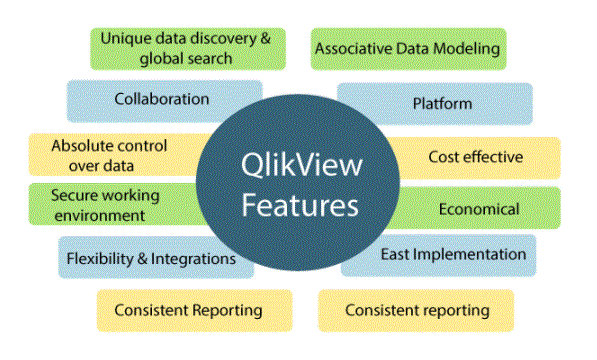
Components of QlikView Architecture:
QlikView may be a progressive Business Intelligence tool, with associate degree intuitive and integrated design that integrates software system frameworks. QlikView may be a window-based application compatible with each x86 and x64 formats. The QlikView design includes 3 key elements specifically QlikView Server, QlikView Publisher and QlikView Desktop. All of those elements move to assist with the look, development, and implementation of QlikView applications. It is jointly classified and supports the employment of IT Professionals, Business Analysts or developers and finished users. The QlikView design also can outline a purpose that works for every user class (IT, engineer and business user).
a. QlikView Desktop
QlikView Desktop may be a Windows-based development tool exploitation engineers that builds a QlikView application information model and user interface design for applications to use at the start or finish of the user. Engineers prepare information for users to use on the desktop after they manipulate information sets with text like SQL.
B. QlikView Publisher
QlikView Publisher is additionally a server-side com – however the QlikView Worksponent works for several functions. QlikView Publisher will transfer information from information sources like normal information files, SAP NetWeaver, Salesforce, Informatica etc. and transfer that information on to QlikView files (QVW or QVD). It also facilitates the distribution of knowledge by coming up with and managing tasks. QVP reduces inessential information overload and traffic by with success distributing QlikView servers as long as the information file question generates user.
C. QlikView Management Console
The IT management console is the body platform that controls all alternative QlikView elements. It’s a web-based interface and application management on the server facet of IT professionals. Server transfer and file management are managed by the management console.
D. QlikView user access
Initially there are North American nationer access sites wherever users like us will work on QlikView, access and use information files. User access points are sometimes internet browsers that may be opened via desktop, movable, tabs, laptops etc.
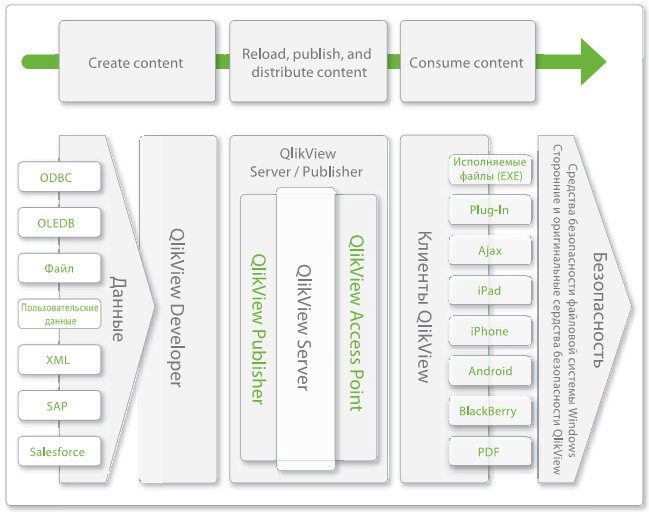
- This could be a basic layer known as QlikView design infrastructure service because it is a knowledge access purpose. QlikView server and publisher downloads knowledge files from totally different websites and knowledge sources.
- This layer also can be known as ‘Uninstall’ within the ETL method (Extract, Transform, Load). knowledge sources like Microsoft surpass, Word, SAP, Oracle, Twitter, Facebook and lots of alternative internet sites will access knowledge. This is often a right away synchronisation with the backend system.
- The backend or application platform encompasses a QlikView developer wherever all Qlikview documents are created, that is why it’s all the supply documents. The format of the graphical user interface supports documents that seem on the front says .qvw or outside the graphical user interface says .qvd (data files only). All of those documents are unit processed exploitation QVP via the Qlikview server. QlikView Publisher is accountable for uploading knowledge from every type of source and distributing .qvw files exploitation QlikView servers.
- Here, Windows filing system holds all authorizations and access permissions from varied knowledge sources.
How QlikView Works?
QlikView design will be higher understood by dividing it into 3 functions it ends:
a. The sole supply of knowledge
b. Back End
c. Front End
Front or presentation layer could be a browser-based platform wherever applications use to check documents sent to the background publisher and server. QlikView Server (QVS) acts as an intercessor and manages communication between the shopper and also the background system. Whenever a shopper requests a QlikView document (via HTTP or QVP protocol), the server sends QlikView documents in .qvw format (can be saved as a standalone document). QVS is additionally accountable for shopper protection.
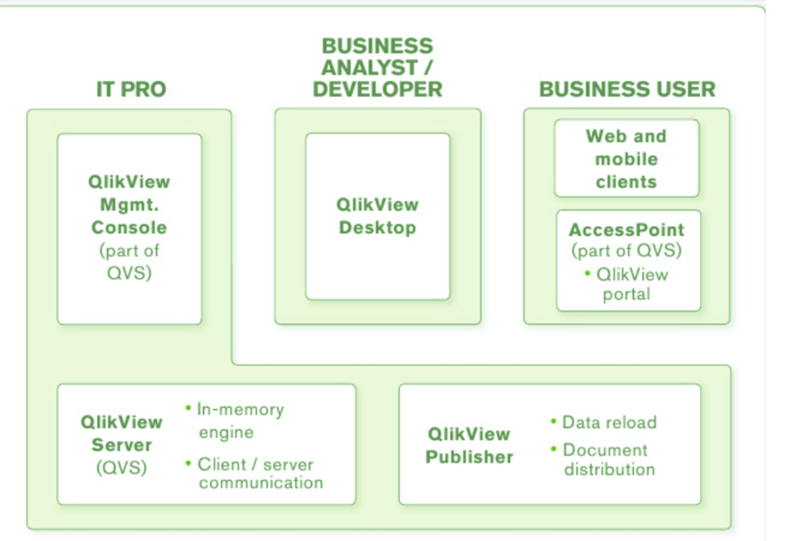
- With wise structures designed to support potency. QlikView may be an important tool for business analysis and discovery. a number of points to say, QlikView provides a whole business plan for the analyst. With the mixing side, the analyst develops new business plan concepts and acquires necessary logical details. information transfer speed and misuse are terribly high as QlikView keeps files in memory.
- User will transfer massive amounts {of information|of knowledge|of information} from a number of unlimited information sources at any affiliation limits to transfer data. Having the ability to access such various information at constant time provides analysts several opportunities to find new trends and patterns in business operations that don’t seem to be otherwise seen.
- Analysis reports and details could also be shared with different analysts or members of the organisation. Therefore, different departments within the business will create necessary associate degreed fast selections supported analysis and therefore they would like for an hour.
Three-tier Architecture of QlikView:
Another way to know this structure is by employing a tier model. Their are 3 stages or layers for this model.
In the start, information sets downloads from information sources like files or websites and converts them to QlikView (QVD) information files to stay them in memory.
The second section uses the aim of changing these QVD files into files for business wants and consistent with business logic.
The third and conclusion of the knowledge presentation, all QVD and regenerate files are uploaded as binary into a QlikView document. These files are wont to produce information models and sheet objects for analysis functions.
Significance of QlikView design
QlikView Advantage:
These are the benefits of QlikView:
i. Dynamic BI Ecosystem
QlikView provides a natural Business Intelligence environment for the user.
ii. Data Translation and Analysis
Visible and flexible dashboards and applications help define and analyse fast and efficient data.
iii. Data Sharing
Different groups can work together to make important decisions on data driven data and definitions. This collaboration is driven by social analysis and the ability to share data in real-time Qlikview.
iv. Self-help tool
QlikView is a self-help BI tool as it enables the user to work efficiently on the tool without having to rely on the IT department and block its staff. Application and dashboard editing does not require an expert and any non-professional business employee can work without problems with Qlikview.
v. Low Nutrition
Software implementation is very simple and hassle-free. Even in recent years, software does not require much maintenance or technical monitoring.
vi. Data Security
The provision of tool data security is very strong and the creators ensure the security of important business data. Full assurance that no security breach is provided to the customer.
vii. Speed
QlikView speed in data delivery is not interrupted even after requesting multiple user data. The memory system works so well that it can cater to as many clients as possible.
viii. In-Memory Technology
Whenever a merger or calculation is performed on the data. QlikView memory technology performs calculations when data is transferred from the background to the front. This saves system memory as no pre-compiled or pre-calculated data will be stored in advance.
ix. Data Pressure
In data analysis, system loading only removes useful pieces of data and removes all unnecessary. QlikView software compresses all data at 10% of its original size.
Conclusion:
These were some of the ways to avoid a circular reference situation that may arise during data analysis using the QlikView BI tool to make better business decisions. Hopefully, this article will help you understand the concept.
Therefore, we have read the QlikView circular indicator in which the artificial keys are created, in which case, all uploaded files have one common field. However, the solutions, in that case, are similar to those of the QlikView circular reference we just discussed.
Therefore, we have seen that QlikView architecture is very helpful in understanding the actual functionality of QlikView software. It is important because QlikView is a software that works for you and if you know how the design works well.
The user should take care of and build up memory files to avoid causing a circular reference to QlikView. Additionally, if you have a question, feel free to ask in the comment section.

